Discover Bomkai: The Elegance of Odisha's Timeless Silk Sarees
Introduction
The richly woven silk saree is an integral part of India's cultural fabric, draped with elegance by women across the country. Each region boasts of its own unique silk weaving tradition - Paithani from Maharashtra, Kanjeevaram from Tamil Nadu, Banarasi from Uttar Pradesh - the list is endless. One such enduring gem is the Bomkai or Sonepuri silk saree from Odisha. With its striking pallu, vibrant colours and traditional hand-woven designs, the Bomkai saree is a timeless classic. Let's trace the fascinating story behind the origins and cultural significance of this ode to Odisha's aesthetic heritage.
The Origins of Bomkai Silk
From the Looms of Odisha
Bomkai sarees trace their roots to the village of Bomkai in Ganjam district, Odisha. The term 'Bomkai' originates from the Sanskrit words 'Bom' meaning loom and 'kai' meaning hand. True to its name, these sarees are intricately hand-woven on traditional looms. The region around Bomkai and nearby villages like Barpali, Bapatla, and Sonepur have been long-time centres of the Bomkai weaving tradition, nurtured for centuries by master weavers. Historically, Bomkai was known for its thriving silk cocoon cultivation and cottage silk industry that produced these fine sarees even for royal patrons.
The Legend Behind Bomkai's Origin
An interesting folklore surrounds the mythical origins of the prized Bomkai saree. According to popular legend, once a king dreamed of a beautiful woman draped in the most enchanting saree he had ever laid his eyes on. Upon waking, he described in vivid detail, the patterns and colours of the saree from his dream to the master weavers of his kingdom. He then commissioned the weavers to try and re-create the magical saree from his vision. The skilled artisans worked tirelessly to develop the complex Bomkai weaving technique required to replicate the king's imaginings. After many painstaking attempts, they finally succeeded in weaving the first Bomkai saree as envisioned by the king. This was how the unique handloom technique of Bomkai was born, as per folklore. The original creation was called 'Sonepuri Bomkai', after the king's capital Sonepur.
The Cultural Significance of Bomkai in Odisha
Bomkai in Traditional Odia Ceremonies
In Odisha, no traditional ritual or celebration is complete without gifting Bomkai sarees to family and community members. Intricate murals and motifs of Bomkai often adorn temple walls, underscoring its cultural importance. Bright Bomkai sarees in auspicious red, black and gold hues are a customary part of every Odia Hindu bride's trousseau. The iconic saree is ritually bestowed to brides by maternal uncles during weddings. During Raja Parba, Odisha's three-day festival celebrating womanhood, Bomkai sarees are presented by brothers to their married sisters.
The annual Solakhya Bharani festival witnesses devout widows draped in Bomkai as they walk to the temple to pray for their family's well-being. Bomkai is intrinsically woven into Odia culture as their traditional ceremonial gift of choice for festivities and special occasions within families.
Bomkai’s Influence in Contemporary Odia Culture
Even today, Bomkai remains deeply ingrained in Odia cultural identity. From eminent public figures to celebrities, Bomkai saris are donned with pride on formal occasions. Politicians like Chief Minister Naveen Patnaik and Member of Parliament Jayashree Panda are often seen draped in elegant Bomkai weaves while representing Odisha at the national level. The state actively promotes the saree through craft initiatives like the annual Bomkai Parampara exhibition. In recent years, Bomkai was awarded a GI (Geographical Indication) tag certifying its historical legacy and authenticity, further elevating its prestige.
What Makes Bomkai Stand Out?
The Unique Weaving Technique
Bomkai sarees are the product of unparalleled craftsmanship passed down for centuries. The creation process starts by dyeing the silk yarn in vibrant colours using organic dyes. The handloom used has a specialised jacquard attachment. This facilitates Bomkai's signature 'extra weft' technique where an additional weft thread is woven into the warp and weft of the saree. The supplementary weft creates unique surface textures and three-dimensional effects for the patterns to stand out on the saree. This technically complex process is unique to Bomkai weaving and gives its floral and geometric motifs their distinctive identity.
The Traditional Motifs & Colours of Bomkai
Traditionally woven in red, black, mustard and light pastel shades, Bomkai boasts of a rich color palette. Red denotes marriage, fertility and the colour of celebration, while black represents Mother Earth. Green symbolises nature and mustard colour signifies asceticism. Traditional motifs include shankha (conch shell), chakra (wheel), temple spires, the tree of life flanked by elephants, and an abundance of floral designs like jasmine, lotus, and the mythical Agnikunja flower. Popular classic designs woven in the pallu and borders include Bapta Bomkai inspired by goddess Lakshmi and scenes depicting Radha-Krishna's Rasleela.
Bomkai’s Place in an Indian Woman's Wardrobe
Bomkai’s Growing Popularity Across India
Once patronised exclusively by Odisha's royalty and elite, Bomkai sarees have now gained nationwide popularity. From Bollywood actors to models walking the runway for India's top designers like Sabyasachi, Bomkai's refined elegance has found fame beyond its native state. Today, you can spot the modern Indian woman across the country draping these handwoven wonders for festivities, weddings and even corporate events. Young designers are giving Bomkai a fresh look by experimenting with its weave and anti-fit styles while retaining its sheen.
Styling the Bomkai Magic
The classic way to drape a Bomkai saree is in the traditional style - tightly pleated with the pallu worn in the front to flaunt the rich patterns. Use of the contrasting odhna or second saree in pastel hues is also common. To accentuate the bright colours, Bomkai is paired with jewelled temple necklaces, dangling earrings and gajra flower braids in the hair. For a modern twist, Bomkai is draped over pants, skirts, or styled as pre-stitched dresses, crop tops or shirt-sarees. Bomkai's royal elegance also makes it perfect for the modern Indian bride and brocade lehengas.
Conclusion
The enduring journey of the Bomkai saree, woven through the warp and weft of Odisha's culture, is truly fascinating. The skillful hands of its weavers, the richness of its designs and its symbolic ties to tradition come together to create magic in every thread. As India embraces its incredible handicrafts heritage, may many more chapters be written in the Bomkai legend that has inspired and draped generations of women for centuries. Its future looks even brighter than the colours dyed into its yarn, all thanks to the vision of its ancestral weaving community.
References
- Odisha Tourism. "Bomkai Saree". 2022.
- Make in Odisha. "History of Bomkai Saree and the GI Tag". 2021.
- Boyagoda, Rohan. “Decoding the Bomkai Saree”. Sonepur Handloom. 2022.
- Mohanty, Pratiti. “Unravelling the Mystery of the Bomkai”. The Hindu. 2018.
- Das, Priyadarshini. “GI Tag – The Mark of Excellence for Odisha’s Bomkai”. Odisha Bytes. 2021.
- Behera, Minaketan. "Odisha's Traditional Bomkai Saree". Odisha Review. 2019.
- Mishra, Sujeet Kumar. “The Grandeur of Bomkai”. Medium. 2021.


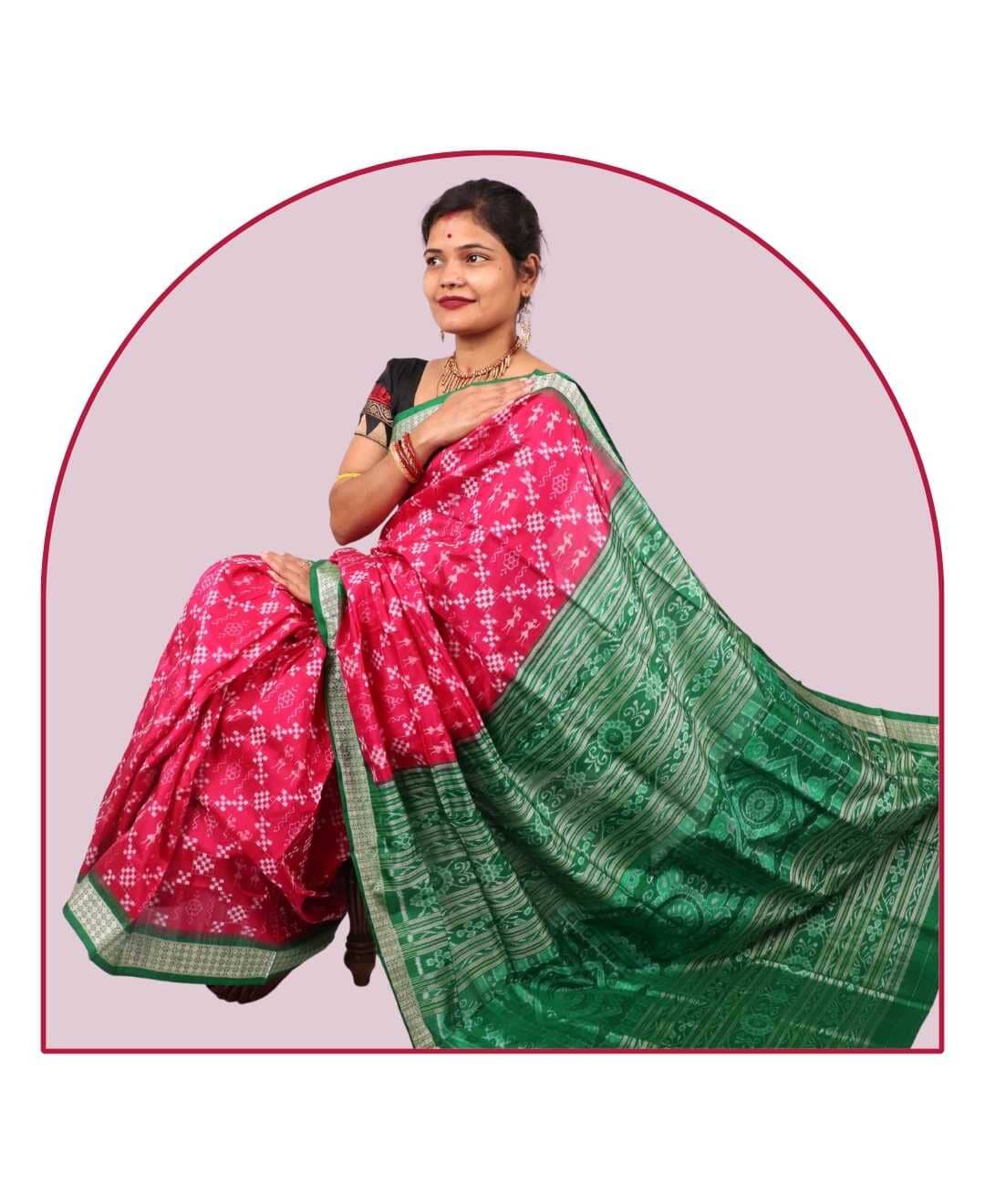
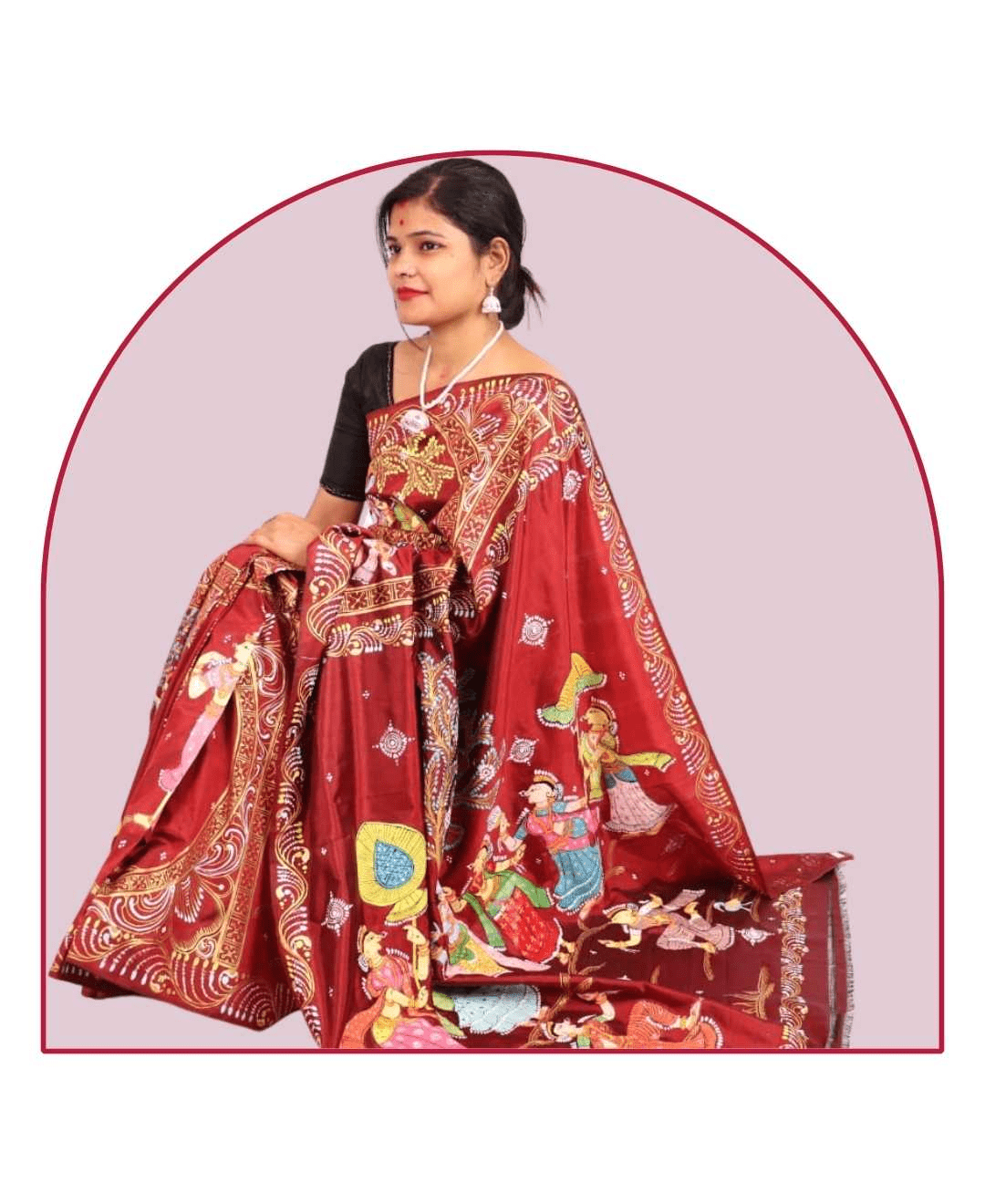
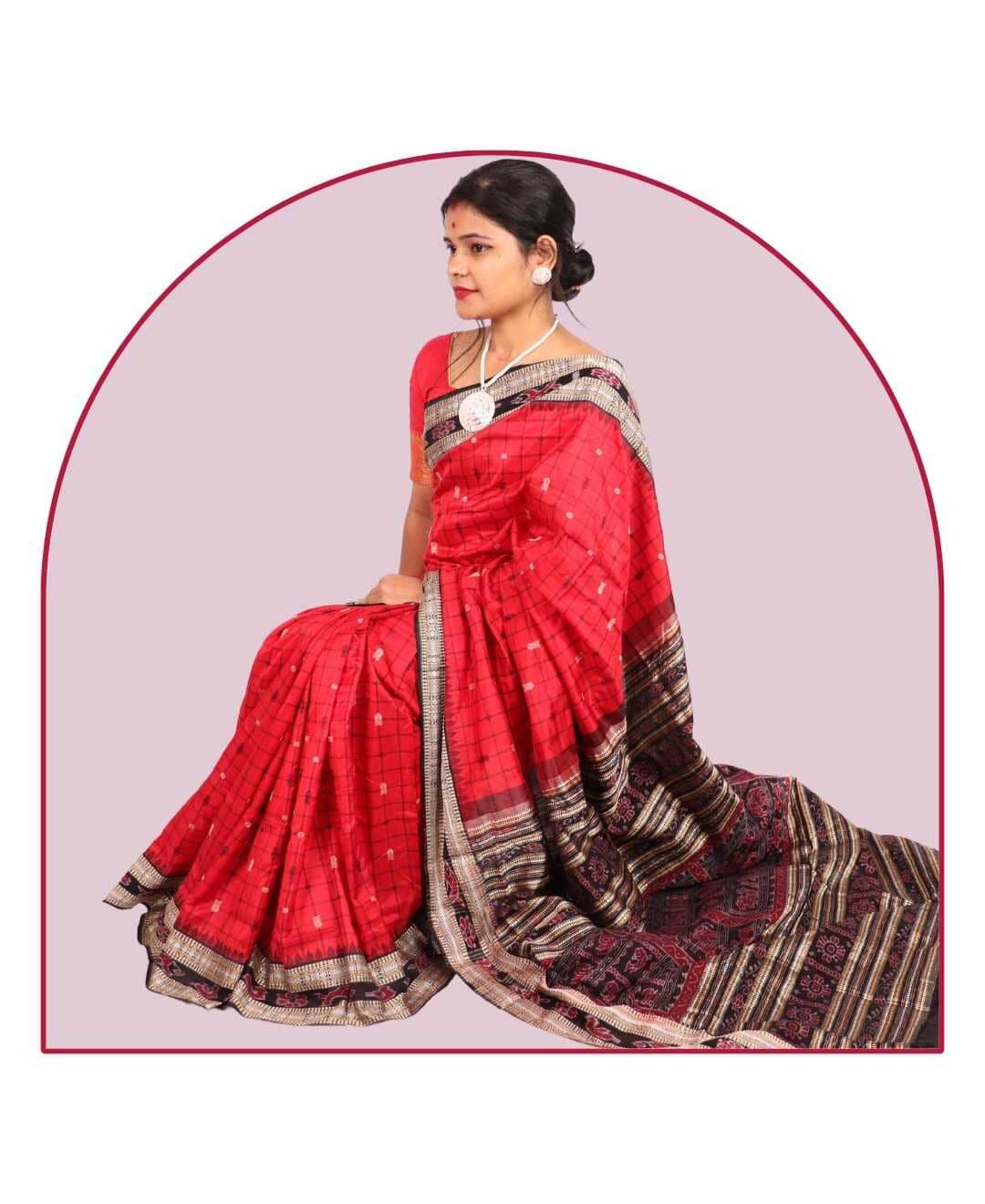
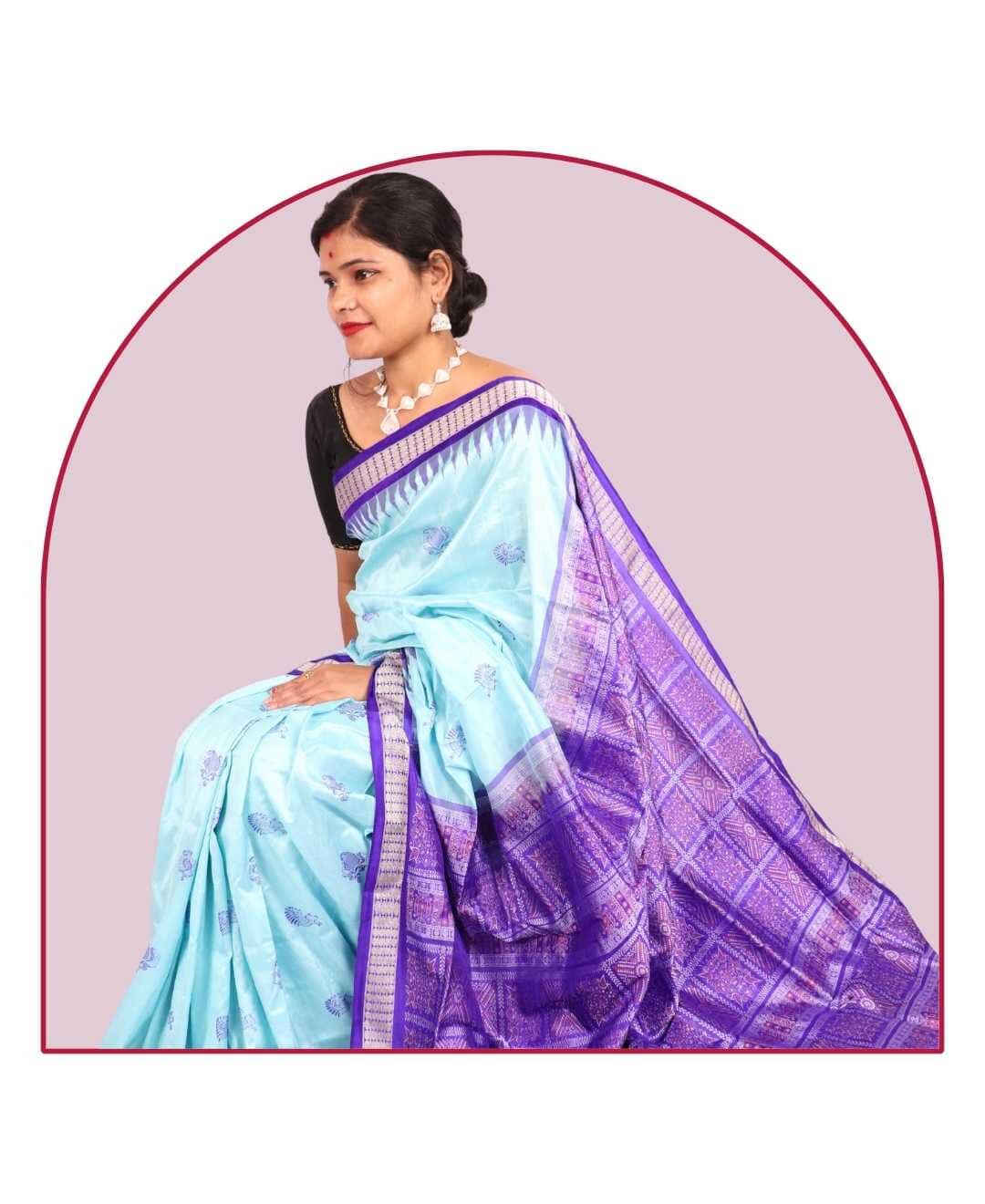
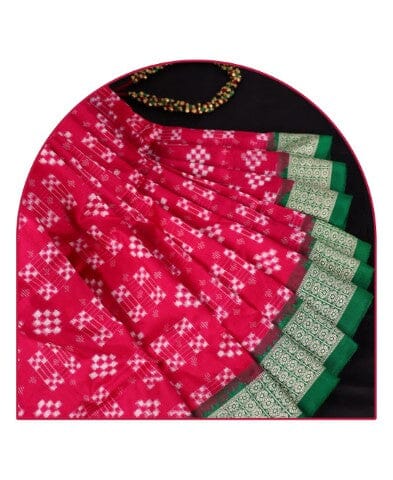
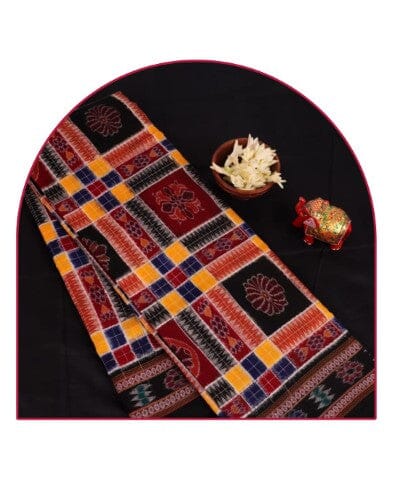
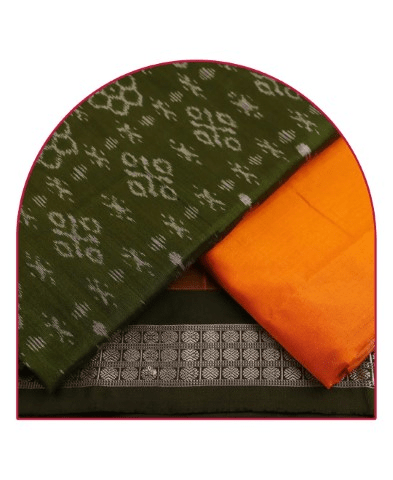
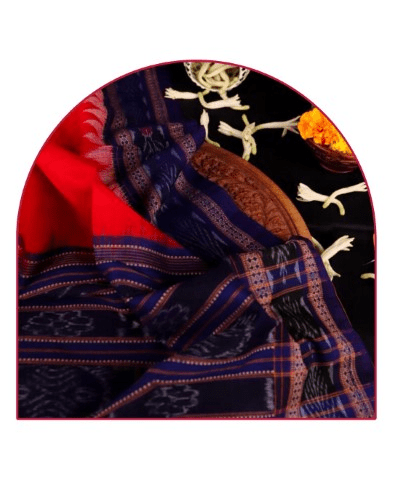
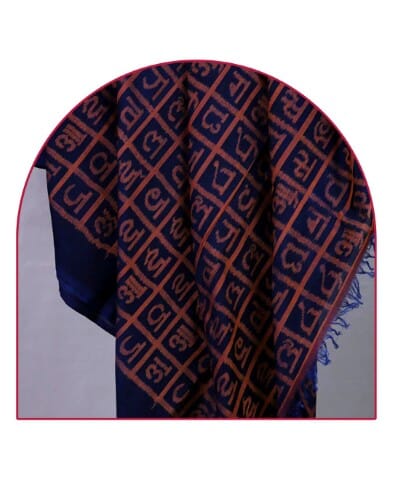
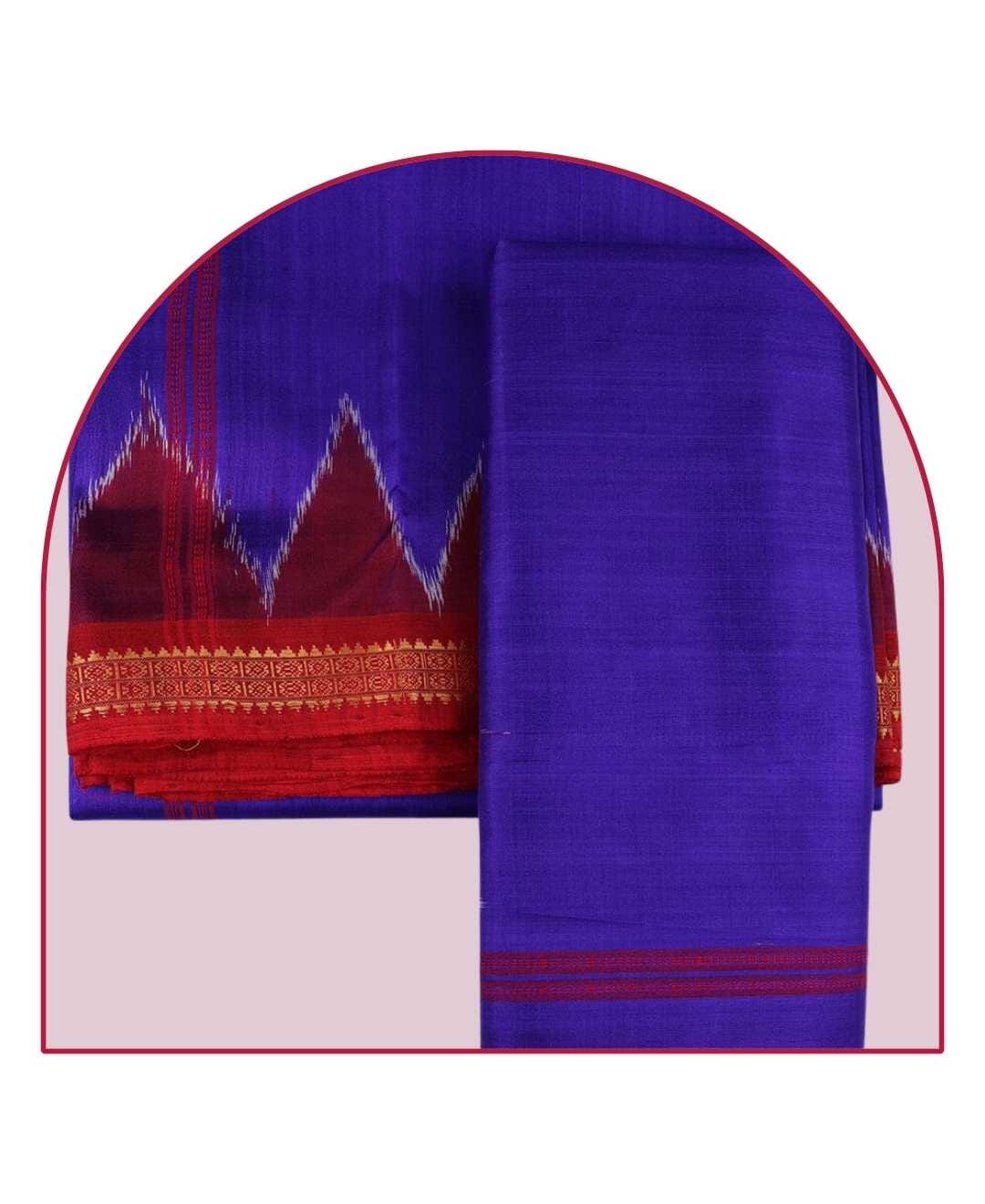
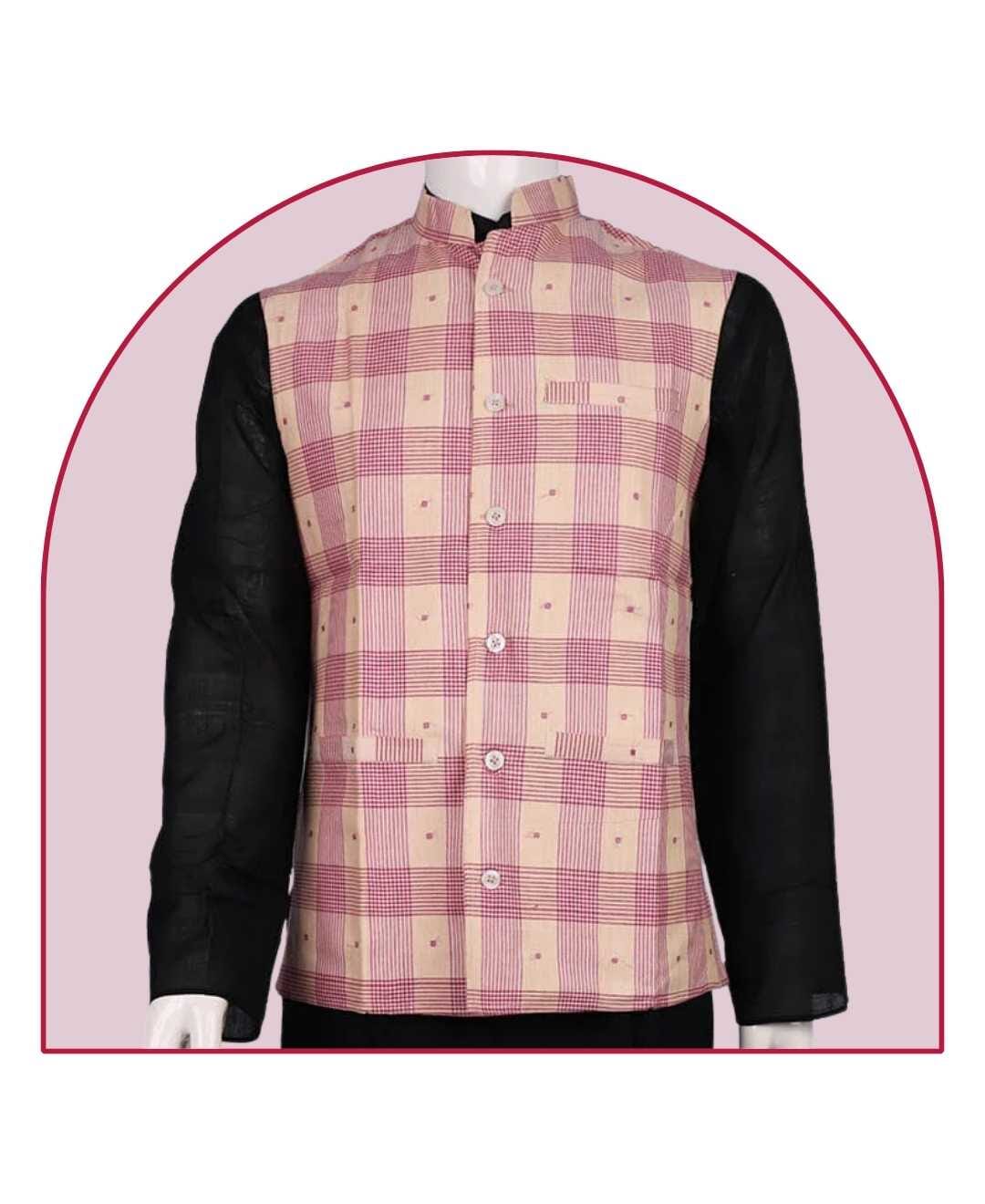
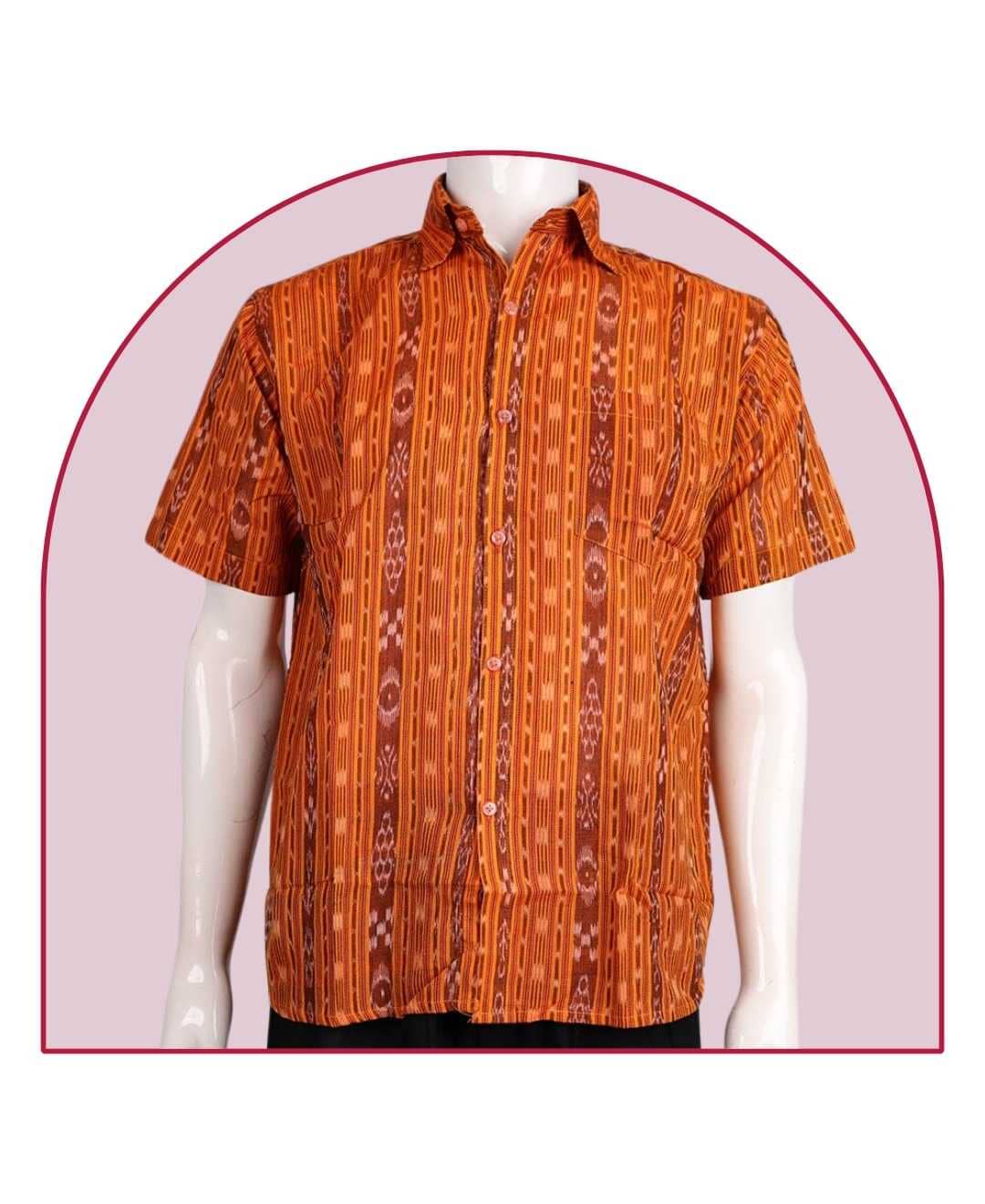
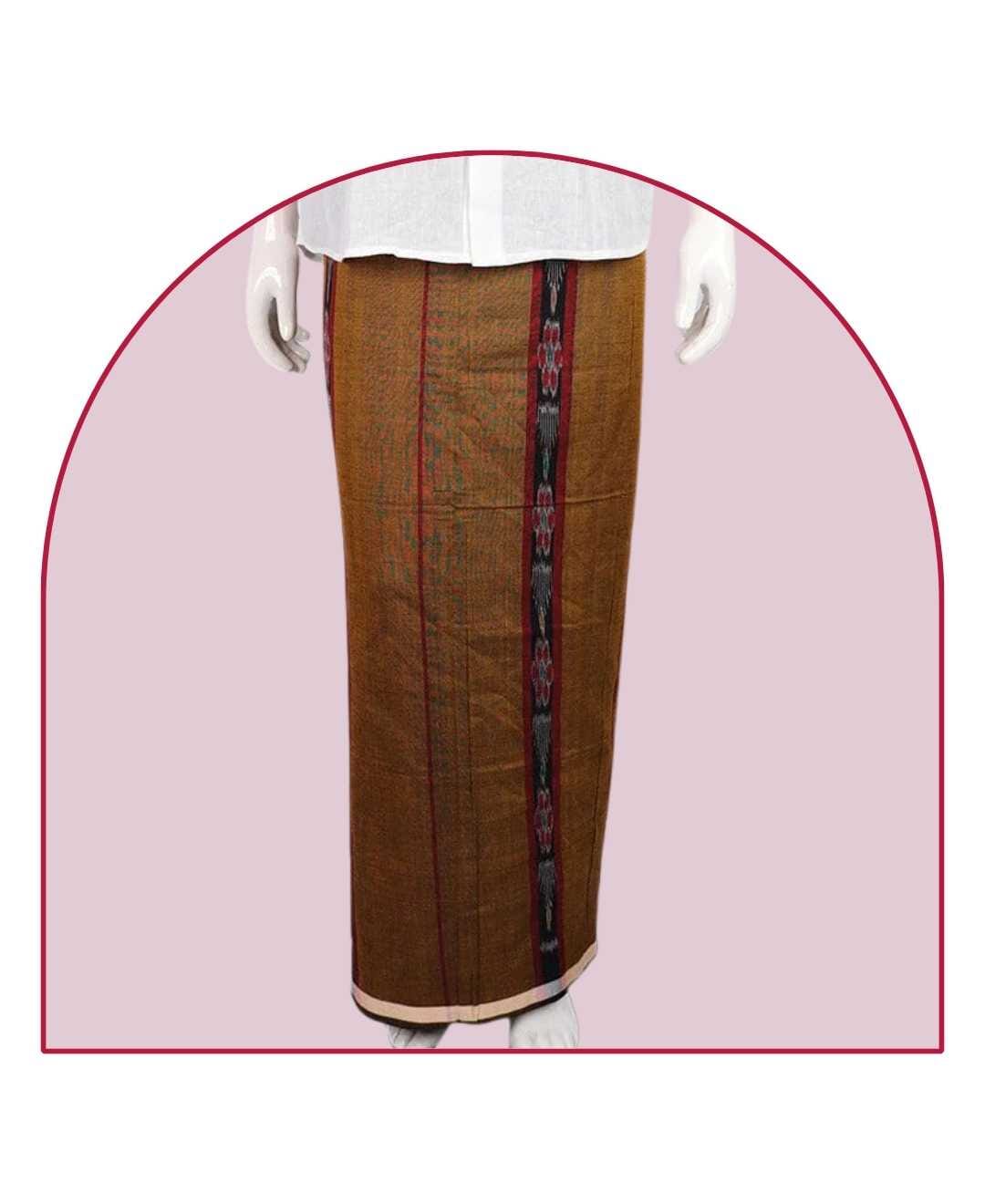










The price of Bombay sarees are too high. And if small stars, 🌸🌺🌻🌹🌷🌼💐flowers are woven, the sarees will become more attractive. And price is also too high. To get the market, it must be reduced.
Leave a comment